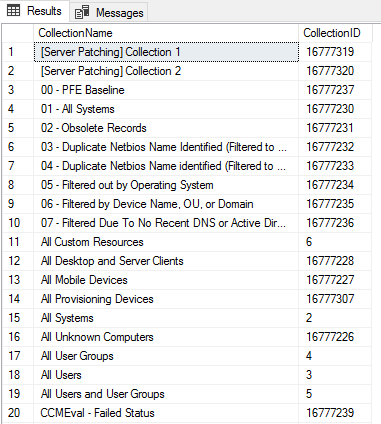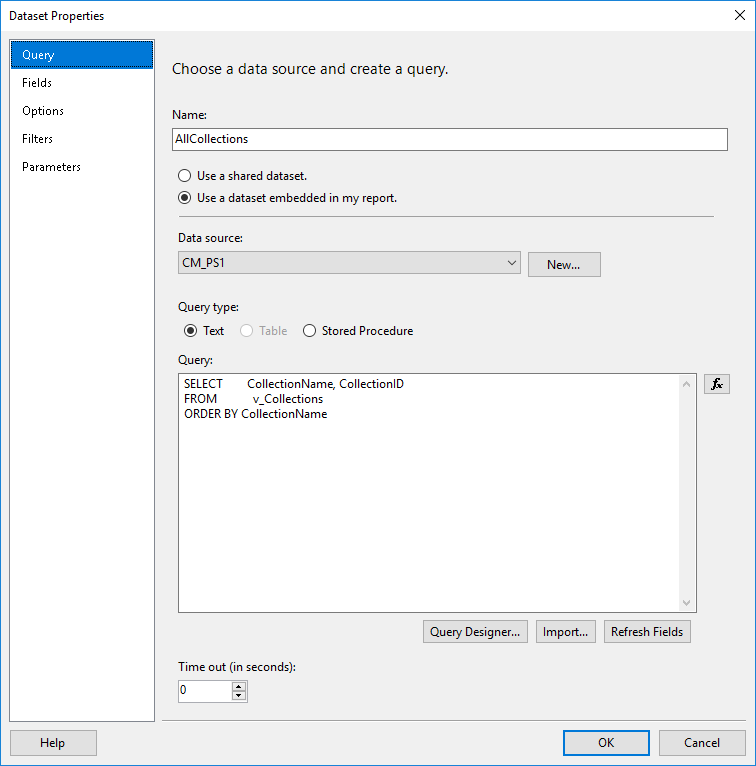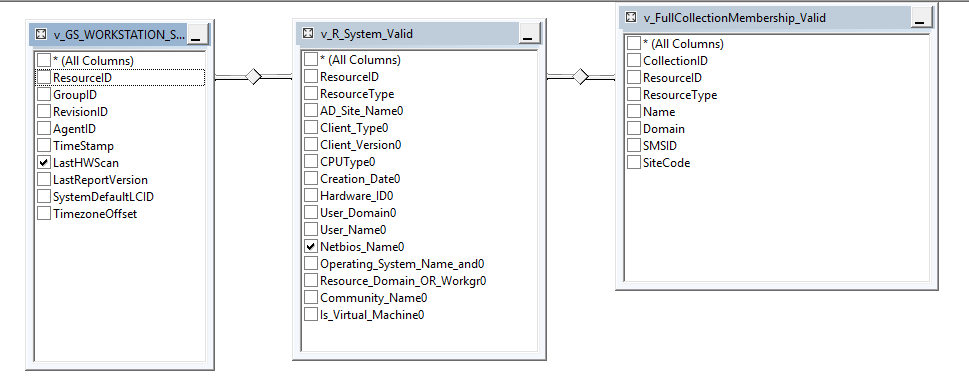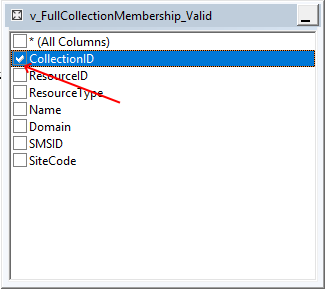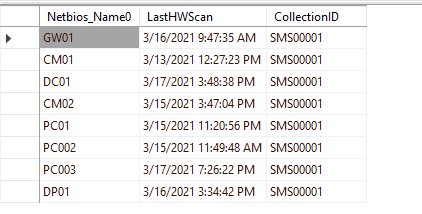#############################################################################
# Author : Jonathan Lefebvre-Globensky
# Website : www.SystemCenterDudes.com
# Twitter : @jlefebvregloben, @SCDudes
#
# Version : 1.0
# Created : 2020/04/23
# Modified :
#
# Purpose : This script create collections based on each found Boundary groups in an environment.
# Blog post related :
# Previous script to create collections with folder structure :https://www.systemcenterdudes.com/powershell-script-create-set-maintenance-collections
# Want more default operationnal collection? See Benoit Lecours powershell script --> https://gallery.technet.microsoft.com/Set-of-Operational-SCCM-19fa8178
#
#
# Updated by: Jim Webb
# Modified date: 12/3/21
#
#############################################################################
#Load Configuration Manager PowerShell Module
Import-module ($Env:SMS_ADMIN_UI_PATH.Substring(0,$Env:SMS_ADMIN_UI_PATH.Length-5) + '\ConfigurationManager.psd1')
#Get SiteCode
$SiteCode = Get-PSDrive -PSProvider CMSITE
Set-location $SiteCode":"
#Set the prefix for collections to be created
$CollectionPrefix='BG - '
#Define possible limiting collections
$LimitingCollection = "All Systems"
#$LimitingCollection = "All Workstations"
#$LimitingCollection = "All Workstations - Admin"
#$LimitingCollection = "All Servers"
#Refresh Schedule
$Schedule = New-CMSchedule –RecurInterval Days –RecurCount 1
If (!(Test-Path -Path "$($SiteCode.name):\DeviceCollection\Operational\Boundary Groups based collection"))
{
#Create sub folder for Boundary groups collection
new-item -Name 'Boundary Groups based collection' -Path $($SiteCode.Name+":\DeviceCollection\Operational")
#$FolderPath = $SiteCode.name+":\DeviceCollection\Boundary Groups based collection"
}
$FolderPath = $SiteCode.name+":\DeviceCollection\Operational\Boundary Groups based collection"
#Get the list of all Boundary groups
$BoundaryGroups=Get-CMBoundaryGroup
foreach($BoundaryGroup in $BoundaryGroups)
{
#Define Collection name
$CollectionName=$CollectionPrefix+$BoundaryGroup.Name
#Write-Host $CollectionName
Try
{
If (!(Get-CMDeviceCollection -Name $CollectionName))
{
#Create Collections
New-CMDeviceCollection -Name $CollectionName -Comment "Collection based on boundary group of the same name" -LimitingCollectionName $LimitingCollection -RefreshSchedule $Schedule -RefreshType 2 | Out-Null
Write-host *** Collection $CollectionName created ***
#DEfine Collection query
$CollectionQuery="select SMS_R_SYSTEM.ResourceID,SMS_R_SYSTEM.ResourceType,SMS_R_SYSTEM.Name,SMS_R_SYSTEM.SMSUniqueIdentifier,SMS_R_SYSTEM.ResourceDomainORWorkgroup,SMS_R_SYSTEM.Client from SMS_R_System where SMS_R_System.ResourceId in (select resourceid from SMS_CollectionMemberClientBaselineStatus where SMS_CollectionMemberClientBaselineStatus.boundarygroups like '%"+$BoundaryGroup.Name+"%') and SMS_R_System.Name not in ('Unknown') and SMS_R_System.Client = '1'"
# Write-Host $CollectionQuery
#Add collection query
Add-CMDeviceCollectionQueryMembershipRule -CollectionName $CollectionName -QueryExpression $CollectionQuery -RuleName "Boundary Group" |out-null
# Moving collection to folder
Try
{
Move-CMObject -FolderPath $FolderPath -InputObject (Get-CMDeviceCollection -Name $CollectionName)
Write-host *** Collection $CollectionNAme moved to the $folderPath folder ***
}
Catch
{
Write-host -ForegroundColor Red ("There was an error moving the: " + $CollectionName + " collection.")
}
}
else
{
Write-Warning "Collection `"$CollectionName`" already exists."
}
}
Catch
{
Write-host -ForegroundColor Red ("There was an error creating the: " + $CollectionName + " collection. Possible cause is that there's already a collection with that name.")
}
}













